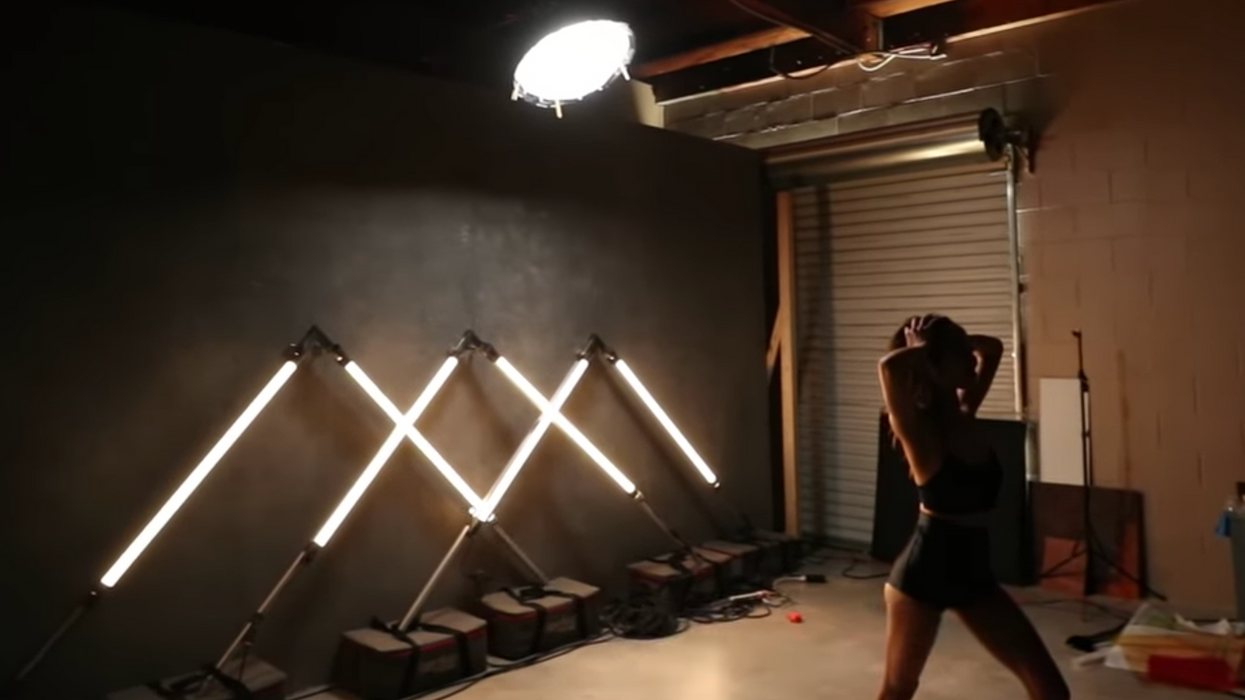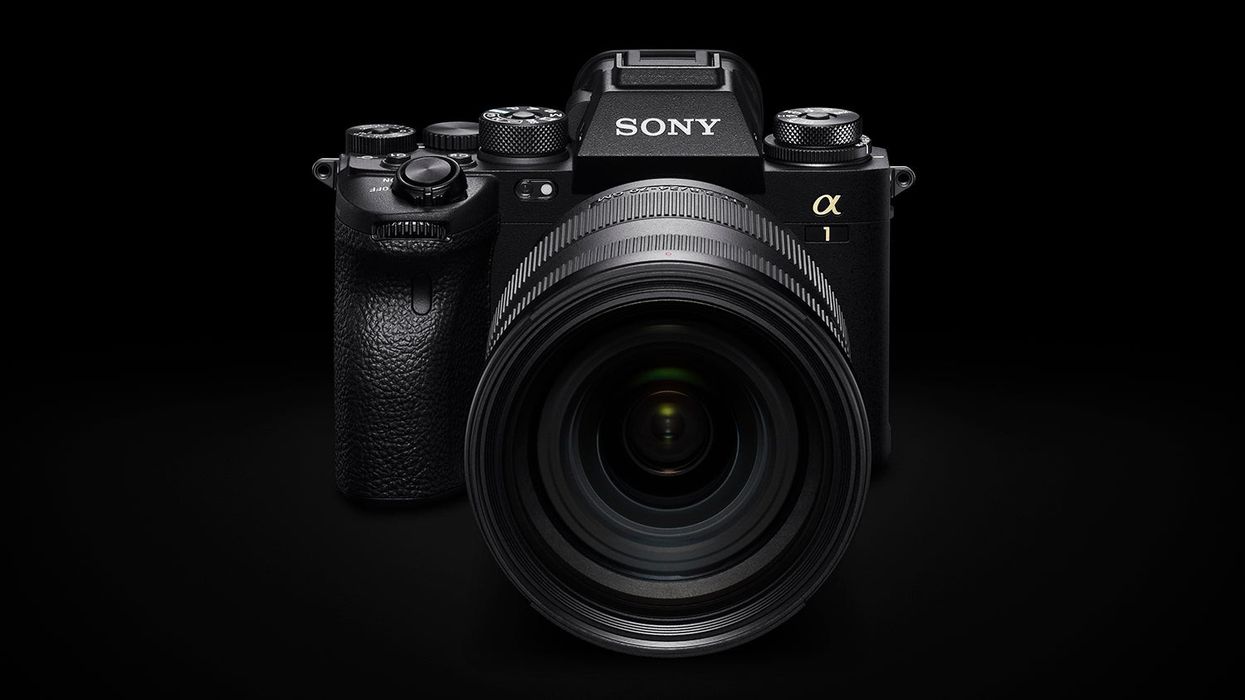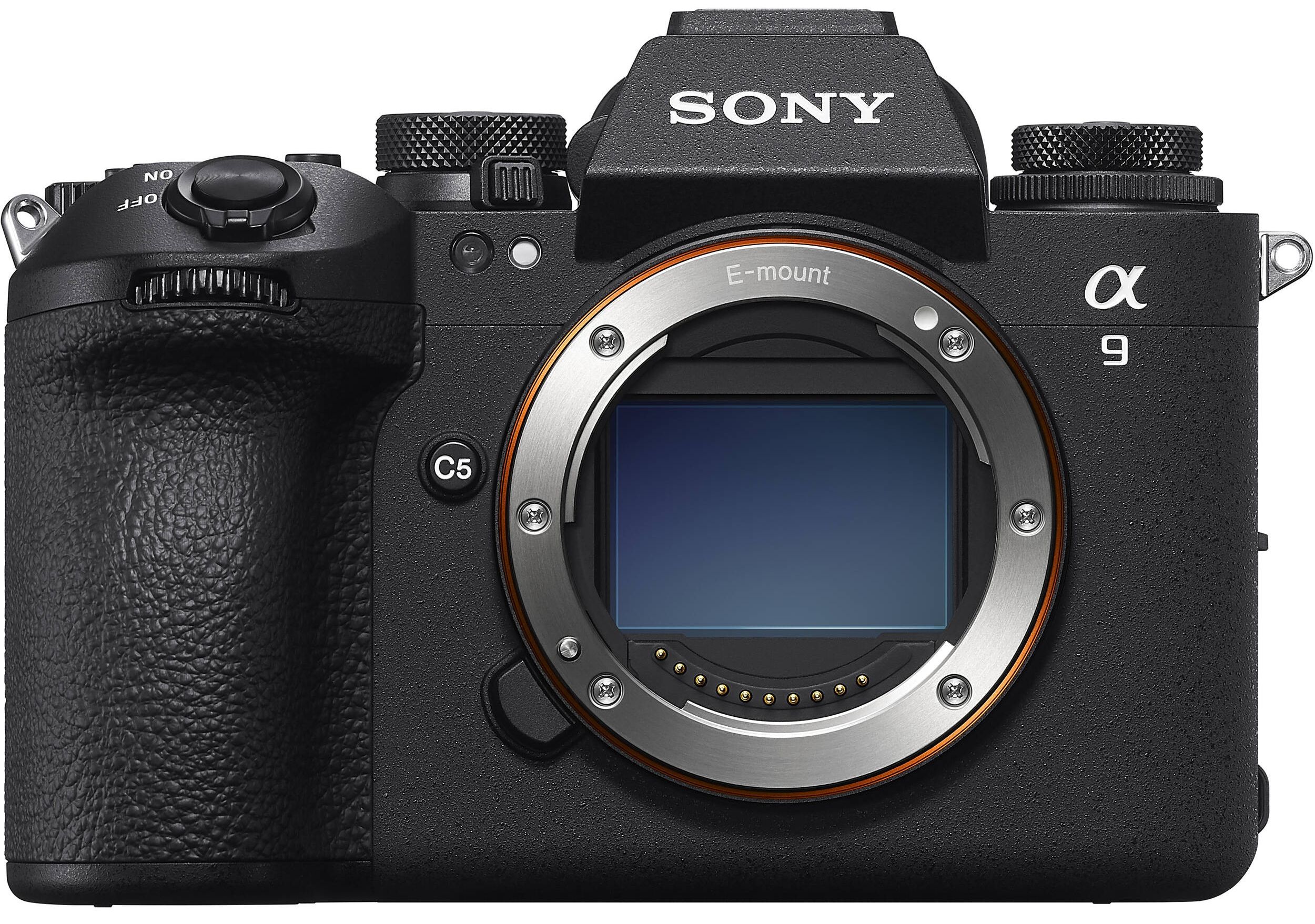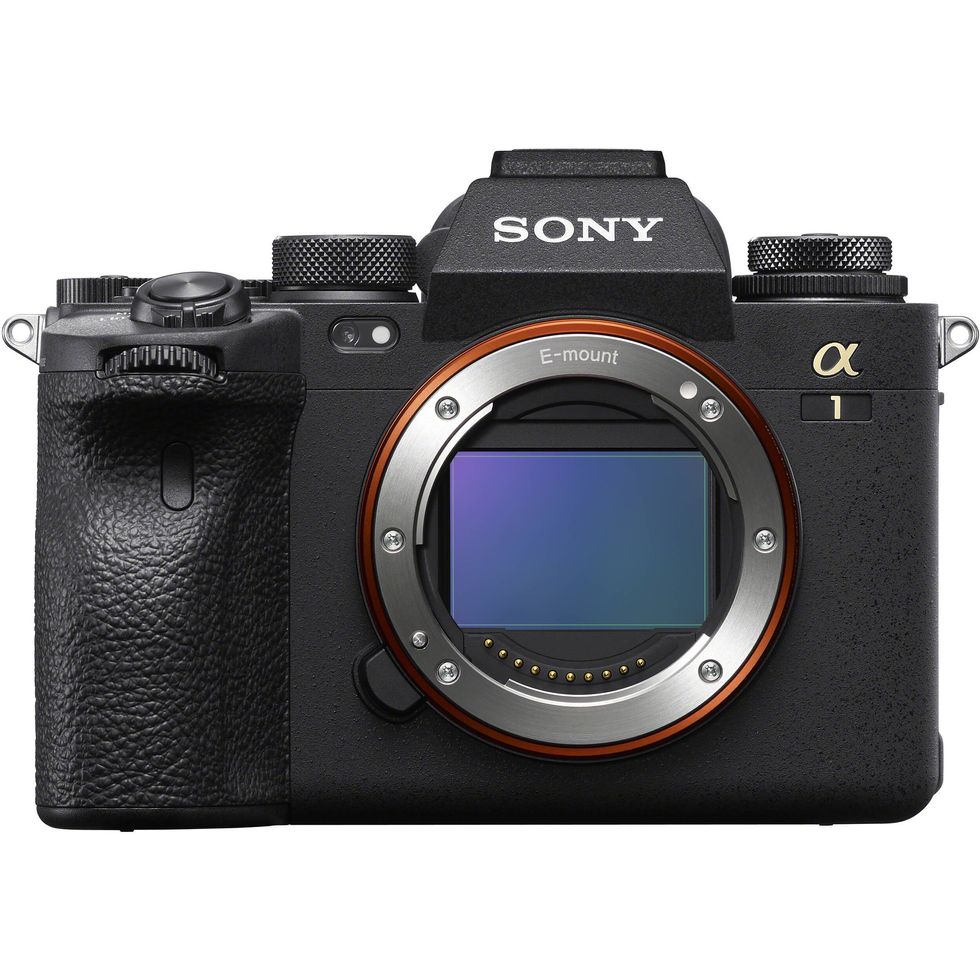Watch: 4 Ways to Put Practical Lights to Work in Your Films
Find out how to utilize practical lights to enhance the look of your shots.

Lighting is one of the most important cornerstones of filmmaking, but one of its aspects that might be relatively unknown to beginners is the use of practicals. No, I'm not talking about keys, fills, or any other type of off-camera lighting, but rather the lights that appear within the frame. In this video from Aputure, Ted Sim goes over some essential practical lighting techniques with cinematographer David C. Weldon Jr. in hopes of giving you not only a better understanding of what practicals are but also how they can be used to enhance your work. Check it out below:
When you first start out, your purpose for adding practicals to your shot might be pretty simple—maybe you want your set to look more realistic or maybe you legit needed some additional lighting to properly expose your subject. Either way, those are both great reasons to use practicals, however, Weldon's insight might open your mind up to new, more advanced ways of working with practicals.
The four lighting setups Weldon demonstrates in the video work to achieve different (but equally important) goals:
- Add some visual interest to the background
- Create a more realistic look by showing a light in the frame
- Using practicals to motivate lighting
- Establish a creative and stylistic look with shaped light
There are many ways to approach lighting your scenes with practicals, but hopefully, this video introduced you to some new techniques that you haven't tried before. What are some other ways you can put practicals to work in your films? Let us know down below.
Source: Aputure













